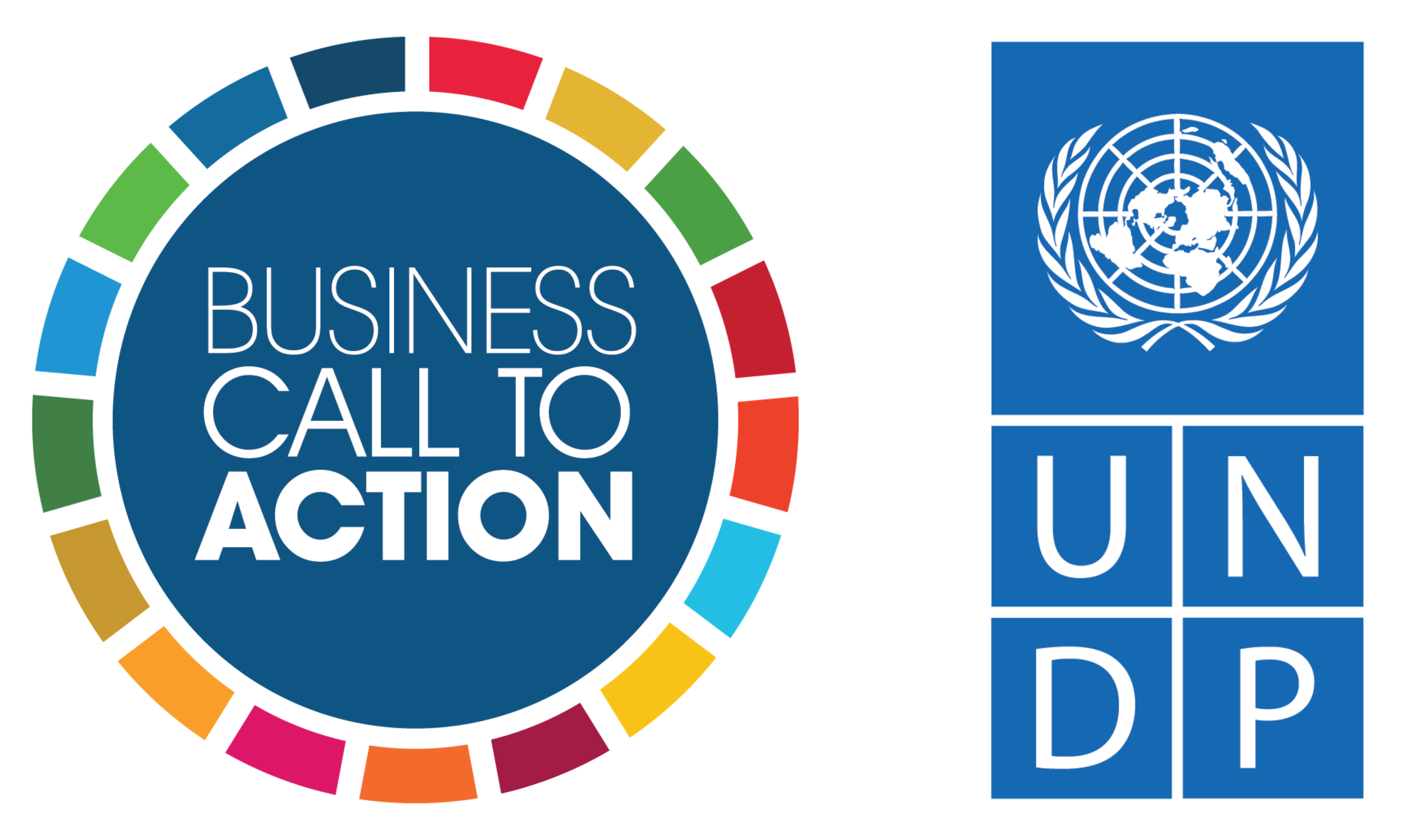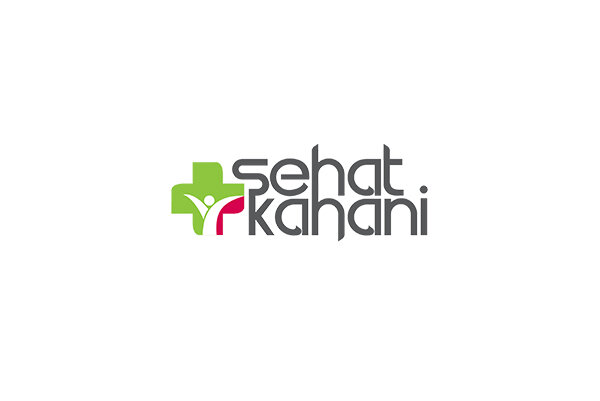Sehat Kahani
Sehat Kahani
Utilizing sustainable IT solutions to link women health providers with underserved communities.
BCTA MEMBERSHIP STATUS
Alumni
SECTOR
Education, Health, Information Communication & Technology (ICT), Media & Entertainment, Services
HEADQUARTERS
Pakistan
REGION OF INITIATIVE
Asia & Pacific
SDG CONTRIBUTION
RELATED NEWS
Sehat Kahani, a health-tech platform, joined Business Call to Action (BCtA) in September 2017 with a pledge to empower 10,000 women healthcare providers to integrate tele-health services into their medical practices by 2020 in order to reach women patients in underserved communities. By the same year, the company aims to deploy 100 E-Health Centres(including E-Hubs and E-Spokes) nationwide, providing marginalized communities with access to high-quality health care.
Although it is one of the world’s fastest-growing economies, Pakistan still struggles with basic healthcare. Of the 40 million Pakistanis living below the poverty line, according to ADB, 30 million live in rural areas and nearly 30 percent lack access to primary care. As a result, more than 80 percent of healthcare expenditures are made out of pocket. Millions of impoverished Pakistani women rely on untrained birth attendants and faith healers, contributing to a national maternal mortality index of 149 – the 3rd highest worldwide.
According to WHO 2015, Pakistan Produces 150,000 doctors ever year. Even though 63 percent of medical students are female, only 23 percent of registered doctors are women according to 2014-2015 Pakistan Medical and Dental Council. While nearly half of Pakistan’s trained doctors are women, 50 percent of them never enter employment after receiving their medical degrees. A UN study in one province showed that only 246 women doctors were available to meet the healthcare needs of 22.2 million people.
While its aim is to reach low-income communities, Sehat Kahani is also putting women doctors to work: just as social norms pose barriers to impoverished women seeing doctors, cultural barriers limit women doctors’ ability to practice. By leveraging mobile health and tele-health technologies, the company is enabling women doctors to initiate home-based practices, bringing them back into the workforce in order to provide quality care in remote communities.
Kahani’s inclusive business model is based on ICT-enabled health centres – called E-Hubs and E-Spokes – equipped to connect with home-based women doctors via telemedicine software. Patient histories are recorded on a cloud-based electronic system as doctors and patients communicate via live tele-consultations. E-prescriptions, lab collection points, weekly ultrasound visits and tertiary care referrals are also provided at the hubs.
The company currently executes a portfolio of 14 telemedicine clinics spread across 3 provinces of Pakistan (Sindh, Punjab, KPK and Karachi) which has served to more than 440,000 patients directly and indirectly through its digital health care services. And as part of its BCtA commitment, it is seeking to impact 6 million lives by 2020 targeted through the Sehat Kahani Service Portal, which will focus on primary health care along with water, sanitation and hygiene, and nutrition information to bridge the health inequality gap.




